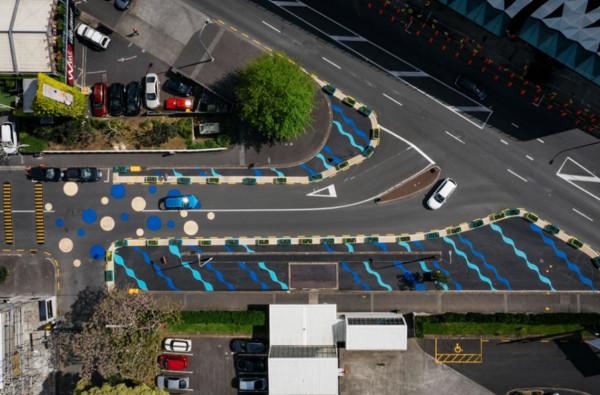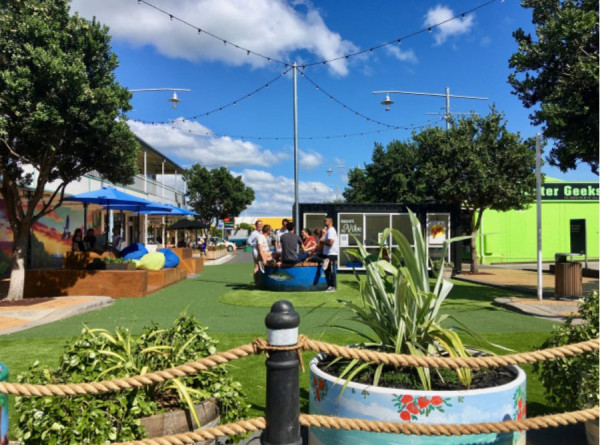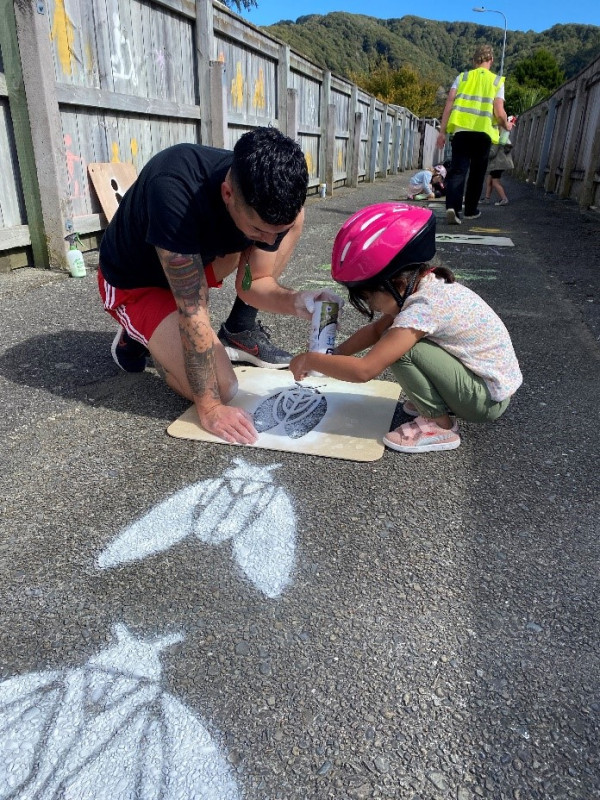Adaptive urbanism enables quick, low-cost, scalable projects that utilise existing street space and allow communities to experience the benefits of improvements sooner.
It puts people first in the street design process, allowing communities to be directly involved in the way a project is created, delivered and adapted. This collaborative approach means those that use the street can co-design the space with transport planners, creating a design that is informed by their experiences and aspirations.
Projects are then implemented in the form of pilots, pop-ups, or interim treatments, allowing people to test living, breathing versions of the designs and provide feedback in real time. This process allows for continual improvement of the design while it’s in place. How the design works in practice and community feedback then inform future permanent street changes.
Adaptive urbanism allows councils to test new interventions prior to installing permanent interventions that have been identified in their long-term plans. This approach means benefits can be achieved sooner than planned. Trialling a temporary intervention before implementing a permanent version gives all parties involved the confidence the solution will be effective. It also provides an opportunity to socialise and discuss the outcomes sought by the project and deliberate on potential solutions throughout the design process and during project delivery.
Adaptive urbanism is distinct from tactical urbanism which is a form of locally led activism. Adaptive urbanism projects are led by local authorities aiming to accelerate, ease and improve the delivery of long-term plans.
The current adaptive urbanism programme led by Waka Kotahi is Streets for People which is supporting councils to partner with their communities to create inclusive, safe, vibrant, and resilient towns and cities.
About the Streets for People programme

Auckland Council’s Sale Street intersection project narrowed lanes to slow vehicle speeds and reduce the distance pedestrians had to cross. (Photo credit: Auckland Council)

A colourful pop-up plaza in the heart of Thames, Create the Vibe was launched in March 2021 in response to a community desire to have a place to come together. (Photo credit: Thames-Coromandel District Council)
2019-2021 Innovating Streets for People

Stencilling tātarakihi (cicada) design in a laneway in Wainuiomata as part of Hutt City Council’s Maru - Streets for People project. (Credit: Hutt City Council)